Introduction
Hello everyone. Today I wanted to write something a bit different than the usual guides. Normally, I give you a full deck list and then I go through the process or explaining things – mulligan, strategy etc. However, this time I’ll cater to your inner deck builders. If you like deck building or you would want to learn more about it, stick with me and hopefully you’ll leave with some extra knowledge that will be useful on the ladder.
Deck building is a very important part of every CCG. You can’t just throw in random cards and expect to win. Since Hearthstone is both digital and VERY popular, not everyone has to be a great deck builder. We can easily follow the latest trends, copy the lists from pro players, streamers etc. We can netdeck. But I’m still convinced that deck building is an important skill for multiple reasons. Building a deck yourself makes you understand it better – the win conditions, the way you want to play it etc. It also makes it easier to optimize it, tech to the meta you’re playing in. Remember that most of the pro lists are optimized for either tournament or high Legend gameplay, not necessarily for the ladder grinding. Deck building skills also help greatly right after the new expansion, when there are no “strong” lists established yet, you can quickly build something yourself and take it to the ladder instead of watching what pros play and trying to copy it (it’s always the most fun I have in the game – deck building right after new cards are out).
I want to start with the RenoLock, as it is my favorite deck of all time and it’s also quite strong/popular right now. If the article will be well-received, I might do more!
Deck’s Core
When you a build a deck, it’s important to establish its core. Of course, once you get better with deck building you will be able to do that on the fly, but first you want to know which cards are vital to the deck and are irreplaceable. Establishing a core is important, because once you know it, you can build on it. You can add and remove cards, but you know that you don’t want to touch the core.
Core mostly consists of the cards that are vital to the archetype – they define it one way or another. They are generally present in every list, they have unique effects that you can’t replace with other cards. They don’t necessarily have to be the deck’s strongest cards, it’s just that you can’t build a successful deck without including those. In case of RenoLock, those cards are:
- Mortal Coil – RenoLock has no way to ping, so Mortal Coil is a crucial card.
- Shadow Bolt – Even though the card is quite weak, it’s the only small single target removal available to Warlock. It means that it needs to be played.
- Hellfire/Shadowflame/Abyssal Enforcer – One of the main identities of RenoLock is AoE. The deck wins a lot of games by simply clearing the board over and over again. I feel like those 3 are the basic AoEs and then, depending on the meta needs, you can add more.
- Kazakus – Core of every Reno deck, it has a very powerful effect so there is simply no reason to not play it.
- Siphon Soul – Big removal, even though it’s quite weak, it has no downside and heals Warlock a bit – healing is very important.
- Acidic Swamp Ooze – Weapon removal. Right now Ooze is better than Harrison in general, but in a lot of the lists it’s a meta call. In RenoLock, Ooze is always better, because you prefer the cheaper removal and better stat distribution for the mana cost over card draw – you don’t need card draw.
- Dirty Rat – It has became a staple in RenoLock ever since Gadgetzan. One of the main struggles of RenoLock is playing against combo decks, and with a good timing and some luck, Dirty Rat can destroy a lot of the combo decks.
- Doomsayer – Early removal, stall, but often also a way to gain 7 health – great card in RenoLock, it wins a lot of games, I can’t see playing a RenoLock deck without it.
- Brann Bronzebeard – Some could argue that it doesn’t belong to the core, but I think it does. It improves the quality of so many cards in the deck. It can add the extra healing when necessary, make your Dirty Rat more consistent at pulling out whatever you want, get a lot of value with Kazakus etc. The card has so many synergies in this deck.
- Earthen Ring Farseer/Refreshment Vendor/Reno Jackson – The healing package. In the deck that relies on hurting itself so much (to draw cards, to AoE), healing is one of the most important things. Reno Jackson is obviously the king, and a single most important card in the deck, but other healing cards are also vital.
- Twilight Drake/Mountain Giant – The “turn 4” big plays, you often Life Tap on turn 2 and 3, so you can drop an 8/8 or (on average) 4/9 minion. It’s often the easiest win condition, if your opponent can’t answer a big threat dropped so early you can usually win the game by turn 6-7 with just the pressure. Those cards both synergize well with Warlock’s Hero Power and that’s why they’re in the core.
- Emperor Thaurissan – Technically, one could say that it’s a core only in the combo version. But I beg to differ – RenoLock operates on 8+ card hands all the time, so Emperor Thaurissan is a big difference and huge (delayed) tempo play. It allows a lot of cool combos that would be hard or even impossible to pull off without it. Definitely one of the strongest cards in the deck.
Complementary Cards
Now that we know what’s the deck’s core, we can move forward to the complementary cards. Core was 17 cards, so we have 13 more slots to fill. It’s much more easier than you might think – there are actually way more than 13 extra cards you’d like to have in the deck. In the end, you will need to make some choices, some cuts – and that’s the most important part of the deck building. Knowing not only which complementary cards you want to include, but also why. I’ll try to divide the rest of the cards to a few categories and explain why each of the cards fits the deck and against what decks it is good (e.g. this and this is a tech against Aggro). It should help you with making those decisions. But in the end, you also need to realize what meta you’re facing. It’s best to keep track of the stats, but you generally should know how much Aggro Shamans or how much Reno Mages you face.
P.S. I didn’t list every possible card you can play in the RenoLock, only the more popular/common choices. Flexibility is the nature of Highlander decks and you can most likely find more cards that fit the list – but those should give you big enough card pool to have some hard choices when deck building already.
Combo vs No Combo
Let’s start with the first and most important thing. You want to decide whether you prefer the combo or non-combo version of the deck. It’s important to decide first, because you will be able to make the rest of your choices accordingly. I’d say that right now the decks without Combo are generally more successful, but it’s not a rule – combo still improves some matchups, especially the mirror. If you’re not familiar with the RenoLock deck, by combo I obviously mean the Leeroy Jenkins + Power Overwhelming + Faceless Manipulator 20 damage combo. It’s very strong in theory, but in practice it’s just not necessary in a lot of the currently popular matchups. So if you want to run the combo – add those 3 cards right away and treat them as a core. If you don’t – ignore and read further.
Early Game Minions
Let’s start with listing the early game minions you can add. As you can see, the core is really low on the early game plays in general. RenoLock’s early game is quite weak. While Warlock has access to multiple strong early game minions, they’re mostly aggressive – for example, Flame Imp is a strong 1-drop but it’s not something you want to play in this deck, because it’s a vanilla 3/2 (aggressively statted) that damages you. There are still, however, some strong minions you can run.
- Mistress of Mixtures – A very common 1-drop in the RenoLock decks. 2/2 for 1 is a good stat line and the effect is nearly always positive for you – healing yourself for 4 is way bigger advantage than healing your opponent for 4 is a disadvantage. In the best case scenario, it kills some small drop or helps you trade and heals you for 4, in the worst case scenario it’s a delayed heal for 4 or an emergency heal with a card like Shadow Bolt to kill it right away. No matter how you crunch it, it’s good.
- Dark Peddler – I’d say that this card is more important in the combo version than it is in a non-Combo one. The reason for that is that you can draw some extra burst in a form of Power Overwhelming or Soulfire that goes really well with the combo. I’m not a big fan of this card in the current meta, because it often does nothing when dropped on turn 2 – it’s pretty strong, but 2/2 for 2 is way too easy to deal with. However, it’s still played in most of the lists, so it can’t be bad.
- Imp Gang Boss – It used to be a king of 3-drops, but with more and more strong cards being released, now it’s pretty mediocre. It’s still the best proactive 3-drop you can play, as it works quite well vs Aggro decks (especially vs the Pirate core), but it has troubles trading with any early 3+ health minion.
- Voidwalker – Pretty uncommon outside of the Zoo, but it’s sometimes played in RenoLock too. Gives you a small, flexible Taunt you can always use to just gain 3 life when you need it, but it’s also solid in many different situations. If your opponent drops a 1 health 1-drop, it’s good. If your opponent has only a single big minion on the board, it’s good (imagine it tanking 7 damage from Flamewreathed Faceless against Aggro Shaman – it might be the matter of life and death).
Taunts
Remember how I’ve said that healing is important for the RenoLock, because the deck sacrifices health to gain other advantages? Taunts are important for the same reason. If you Taunt up, you usually save yourself some health. Opponent can’t hit your face (since face damage is more valuable against RenoLock than against most of the other decks, it will happen often) and has to trade instead. Taunts are strongest in fast matchups, in slow matchups, where your opponent often wants to kill everything you play anyway, you pay for a Taunt tag but you don’t get anything out of it. But it’s fine – surviving in fast matchups is a much higher priority than having a little less value in slow ones. Taunts are also good if you run Lord Jaraxxus (more about it later), because you can set up a wall after transforming.
- Sunfury Protector/Defender of Argus – Two cards with very similar effects. Out of the two, I’d say that Sunfury is much stronger in RenoLock. With Argus, you pay 2 extra mana for a potential +2/+2 buff. The card works better if you’re buffing multiple small minions or maybe minions that benefit from being buffed – like Divine Shields. This deck doesn’t run many of those, you buff mostly big minions and often only a single one, making Sunfury a better pick. But some decks still run both to have even more Taunts.
- Second-Rate Bruiser – Anti-Aggro Taunt. 5 mana 4/5 Taunt is bad, but subtract 2 mana from the cost and it’s amazing. Against some decks, like Pirate Warrior or Aggro Shaman, you can quite consistently play it as a 3 mana 4/5 Taunt, which makes the card one of the most popular Taunt choices in the current meta.
- Faceless Shambler – It serves two purposes. If you drop something big on the board (let’s say an 8/8 Giant), you can copy it with Shambler AND give it Taunt. Copying something like a 5/5 for 4 mana is already worth it. The card is very powerful, but also very situational. It can be used as a big threat OR big Taunt, but it’s not very reliable – you need another minion on the board with significant stats to copy. However, it’s still a solid card and it’s played in many of the lists, because eventually you will find a good opportunity to copy something (or you can just play it on turn 8-9 immediately after dropping something big).
- Sen’jin Shieldmasta – Less popular choice in the current meta, but it’s still sometimes played if you want a heavy Taunt list. Not much to say about it, it’s a very vanilla minion – just a straight up 3/5 Taunt for 4 mana. Not good, but not bad. You should probably prioritize other Taunt options, but if you still find yourself lacking Taunts, you can add him.
- Voidwalker – See “Early Game Minions” category.
Bigger Minions/Control Games Win Conditions
You wouldn’t really win a lot of the Control games with the core itself. While you don’t really need big stuff against Aggro, Reno decks are very popular and even Control Warrior is more common lately. You need some big minions. Remember, however, that each big minion you put will increase your win rate in slow matchups, but it also makes your deck more “greedy”. Greedy decks are generally bad against fast decks like Aggro Shaman or Pirate Warrior, because they can easily kill you before those big drops even come into play. The more you put into your deck, the higher is a chance that you will draw them early and have dead cards in your hand. I’d say that generally in a combo version you want to play 3 extra big minions, while in the non-combo version you want 4 of them (it’s obviously a meta call, it can be 1 more if you face slow decks and 1 less if you face more Aggro).
- Sylvanas Windrunner – It’s one of the most common big minions in RenoLock. It synergizes quite well with the deck, as it often makes your opponent stop for a moment and instead of mindlessly rushing face, think about making a good trade, because Sylvanas can easily punish the mid game minion pushes. The card also synergizes very well with Shadowflame – not only giving you a 5 damage AoE, but also stealing one leftover minion (great in a lot of situations).
- Ragnaros the Firelord – Popular choice in the non-combo version, in a combo one there is rarely enough space to play it. It’s a big threat your opponent has to deal with, because the longer is stays on the board, the more value it gets over the time. But the most important part is that it gets some value immediately – 8 random damage. It can often snipe the right minion and get you a great 2 for 1. But when you’re making your own push, 8 face damage is also something you won’t cry about.
- Lord Jaraxxus – One of the most recognized RenoLock cards, and one of the most powerful – theoretically – cards in the game. Since you can spawn 2 mana 6/6 every turn after you play it, it makes winning some matchups very easy. For example, it’s amazing against Control Warrior or slow Priest lists. However, at the same time, the card sucks against Aggro (it’s mostly used as an emergency heal to 15 if you even survive that long) and it’s straight up dead card against high burst decks. If your opponent can easily kill you from 15 health, you won’t ever be able to play it. It means that it’s terrible in mirrors (vs someone who runs combo), against Freeze Mage (Reno Mage too to a certain extent, if you wasn’t able to force out the burn), against Malygos Druid etc.
- Alexstrasza – Often used to sub Jaraxxus. While it doesn’t have infinite value over time, it’s much better immediate play. It gives you a big, 8/8 body right away. You can use the Battlecry defensively (to heal yourself up to 15) or offensively (to damage your opponent down to 15). Great at setting up the combo or at least forcing a Reno Jackson from a Reno deck. It’s basically much better in the matchups where Jaraxxus is bad, but it’s not auto-win in some matchups.
- Faceless Shambler – See “Taunts” category.
Removals/AoE
When you play a slow deck, you usually want to have some ways to answer the board. RenoLock is known mostly for insane AoE clears – most of the lists run around 5 AoE spells, making the mid game flood strategies really weak against it. Besides the core 3, you have a few options to pick from. On the other hand, the deck was always struggling with the single target removals – there are just not enough good options available to Warlock and RenoLock players are often forced to AoE down a single minion because of that. Still, there are some cards you can pick and you probably should get at least one of them.
- Corruption – This is an interesting removal choice I’ve seen in a few list, most notably StanCifka’s one. It’s a delayed removal, but there are a lot of mind games involved. Since the minion you play it on dies next turn, and your opponent knows about it, he might have a hard choice of going face vs trading. For example, if you play it against the Aggro Shaman, on a Flamewreathed Faceless. If you have a 4/ 6 Twilight Drake on the board, now instead of going face he might consider trading it to get some value. Either option has its pros and cons for both sides. If he trades – you save 7 health you would lose otherwise, but you lose a strong minion on the board. If he goes face – you keep your minion and you deal with his 7/7 for only 1 mana (great tempo play), but you take 7 damage. Because of the delay, it’s more useful in slow matchups where you can actually afford to let something live for a 1 turn much more often. It’s still an interesting card to consider.
- Soulfire – A pretty popular removal/burst option nowadays. Even though it gives you -1 card advantage and can actually discard something important, it’s still better than losing on the spot. You often use it as a tempo move when you really need that tempo or to deal with a threat that you can’t kill with your other cards or the board. Let’s say a Pirate Warrior drops a Frothing Berserker that starts growing out of control. If you don’t kill it, you will take ~10 damage, which will most likely result in a loss. Now, Soulfire is a great way to answer it. Another purpose is the extra burst – if you play it as a last card in the game, the discard part doesn’t matter at all. It can be, for example, paired with Ragnaros for the 12 burst damage finisher (guaranteed on the empty board).
- Demonwrath – Once again, why not in the core? Because I honestly don’t think that this belongs into the core. Pre-Gadgetzan, I’ve seen the card being cut from multiple RenoLock lists, because early 2 damage AoE isn’t that strong when most of the minions (even 1-drops!) have 3 health. However, with the raise of Pirate decks, you probably should play it right now – it’s your first AoE and it can often save your life after clearing 2-3 aggressive early drops.
- Blastcrystal Potion – RenoLock always struggled with a single target big removals. While Sylvanas Windrunner filled that gap sometimes, she’s too slow and there are ways to counter her. Blastcrystal Potion, even though it has a pretty huge downside, is still the only option available to Warlock besides the Siphon Soul. It’s still not a staple, but it gets into more and more RenoLock lists lately. The fact that it costs 4 mana makes it pretty usable in fast matchups too – if you don’t have a way to kill a minion, but you have to kill it, Blastcrystal might put you behind a bit, but save you a lot of health.
- Felfire Potion – Pretty rare card right now. Not because it’s bad – mostly because Warlock lists already run enough self-damage effects (Life Tap, Hellfire, Abyssal Enforcer) and having 5 more might be too much. In the end, it’s probably the choice between Felfire Potion and Twisting Nether. Twisting Nether is generally better – it has no upper health limit it can clear and it doesn’t damage yourself, but it costs 2 mana more. That’s a big reason why some lists still prefer Felfire Potion. 5 damage AoE should be enough to kill most of the Aggro boards and big part of the Midrange boards, however it doesn’t work so well against big minions. Another semi-common use of Felfire Potion might be burn damage – 5 damage for 6 mana is expensive, but sometimes it’s all you need to finish the game. Especially if you throw in a Soulfire or a Hellfire for even more damage.
- Twisting Nether – Very common in the current lists, although some have been cutting it. I’m a big fan of this card – complete board wipes are very strong in this game, because there is almost no way to protect your minions from them. A huge Kazakus potion (Resurrect 3, give your minions +6 health)? Without Twisting Nether you’d probably just lose the game, because you wouldn’t have way to answer it. Big Miracle Rogue turn with huge Questing Adventurer/Edwin VanCleef + Conceal? You lose a game if you don’t clear it, but you CAN clear it with Twisting Nether. Now that Deathrattles spawning other minions aren’t that common, Nether is very often a full board clear. You can even play Doomsayer right after to either force your opponent to spend more resources or pass a turn completely – if it works, you clear the whole board AND gain initiative. On the other hand, the obvious downside of the card is that it costs 8 mana – that’s a lot, it usually takes your whole turn to cast it and you can’t do anything else (without the Doomsayer scenario you give your opponent a full initiative) and it’s pretty much dead against face rush decks for the same reason (mana cost).
Unique Effects/Tech Cards
Then, we have a few cards that didn’t fit the categories above. They either have a unique effect that can’t be categories too easily, fit into multiple roles and generally are considered “tech cards”. We don’t have too many of those, so I hope that making this extra category won’t cause too much confusion.
- Power Overwhelming – I’ve decided to put it into the unique effects category, because it’s not strictly a removal. Of course, you play a copy in your Combo list, but you can also play one if you don’t run combo. There are still a few uses for this card outside of the combo. You can use it to trade up – e.g. kill a big minion with your 3/3. You can use it to push for lethal – it’s an extra 4 damage when you have a minion on the board. Or you can use it to boost your Shadowflame by 4 – instead of sacrificing a big minion, you can make a big AoE from a small minion + PO. It’s a nice combo with Dirty Rat, for example – you play Dirty Rat on already big board, PO it and Shadowflame everything for a 6 damage AoE. Another solid card that combos with PO is Faceless Shambler. If you PO something to trade it, you can play Faceless Shambler on the PO’d target before the trade. It will copy the +4/+4 stats, but won’t die at the end of your turn. This way you can turn even a relatively small minion (let’s say Imp Gang Boss) into a big Taunt with Shambler.
- Mind Control Tech – Another anti-flood tech, plus a great minion to combo with Dirty Rat. If your opponent has 3 minions on the board, a play like Brann + Dirty Rat + MCT + Shadowflame (you need some Emperor discounts to pull that off) can turn a whole game around. It’s also a solid tech in general in the Pirates era – a lot of the decks have 4 minions by the time you can even drop your MCT, making it a somewhat solid counter to the insane Aggro openings.
- Spellbreaker – Silence might not be the most popular tech in the current meta. Actually, pretty much no deck runs it. Which makes it even better – I love to play Spellbreaker in RenoLock, because simply no one expects it. And it gives you so much value in certain matchups. It’s a great way to deal with a Sylvanas Windrunner, it makes the mirrors so much easier (Spellbreaker is a perfect counter to a huge Twilight Drake or Faceless Shambler). You can also Silence the Doomsayer if you don’t want to spend any resources killing it + you can use it to pass Taunts for lethal or just for a good trade. However, the obvious flaw is that some decks don’t run any great Silence targets. And if that’s the case, a 4 mana 4/3 with a slight upside (of let’s say getting rid of a Taunt tag on a minion) is not a great card to play.
Example Decklists
Now, once you know the deck’s core and complementary cards you can add, here are a few examples of the RenoLock lists from pro players. They all have been played in top 100 Legend, which obviously means they were successful – but notice the differences in each of the builds. Try to compare them to each other and think about why certain players cut X or Y card, while others still play it. One important note is that those lists were made over the course of a ~month – meta has changed since the early/mid December when Gadgetzan was still fresh and many of those choices reflect that change. With the knowledge that you have, you can now either pick the deck that suits your play style and the meta you face most, or you can build your own list (either from the scratch or basing it on one of the lists below).
Combo lists: Asmodai’s RenoLock, Gaara’s RenoLock
Non-Combo lists: Fr0zen’s RenoLock, Th3 RaT’s RenoLock, Dethelor’s RenoLock
Closing
That’s all folks. I hope that you’ve learned something from this article. Deck building skills, while not directly, should influence your game play too – I wasn’t too much into deck building when I’ve started playing, I liked to copy the decks from around the web, but once I’ve started doing it myself, my knowledge about the game has significantly increased. And my motto is that the more you know, the better you play. If you liked this one, I can do something similar for a different deck too. Let me know which decks you’d like to see in the comments.
If you have any questions or suggestions, feel free to leave them in the comment section below. And if you want to be up to date with my articles, you can follow me on Twitter.
Good luck on the ladder and until next time!




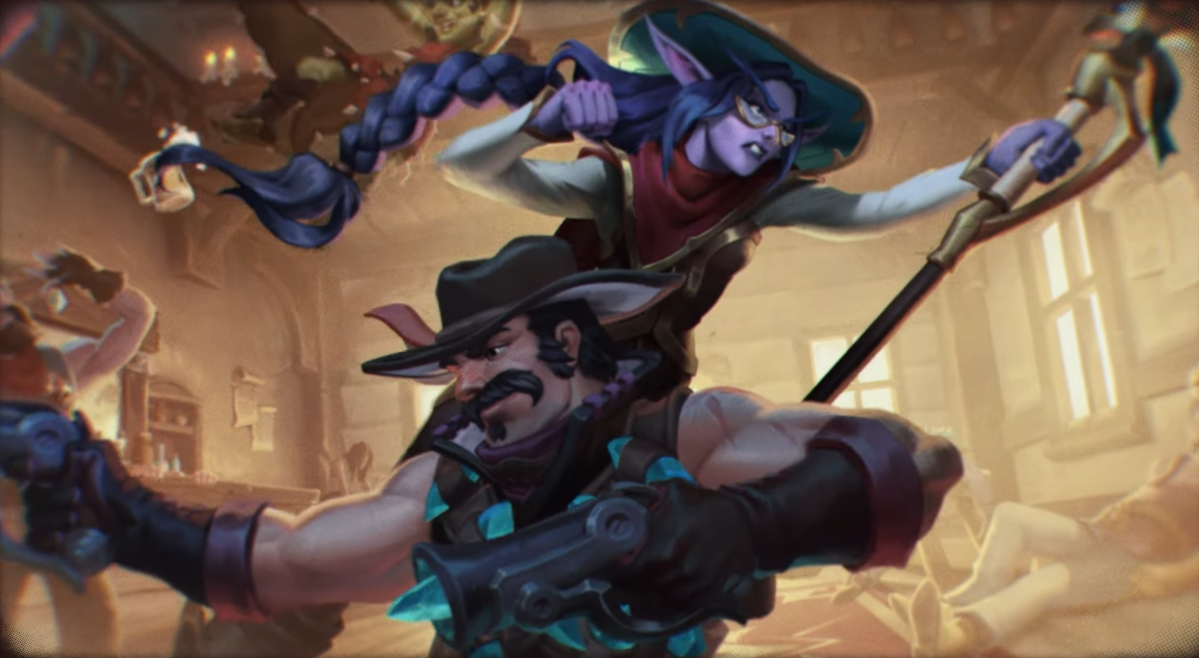
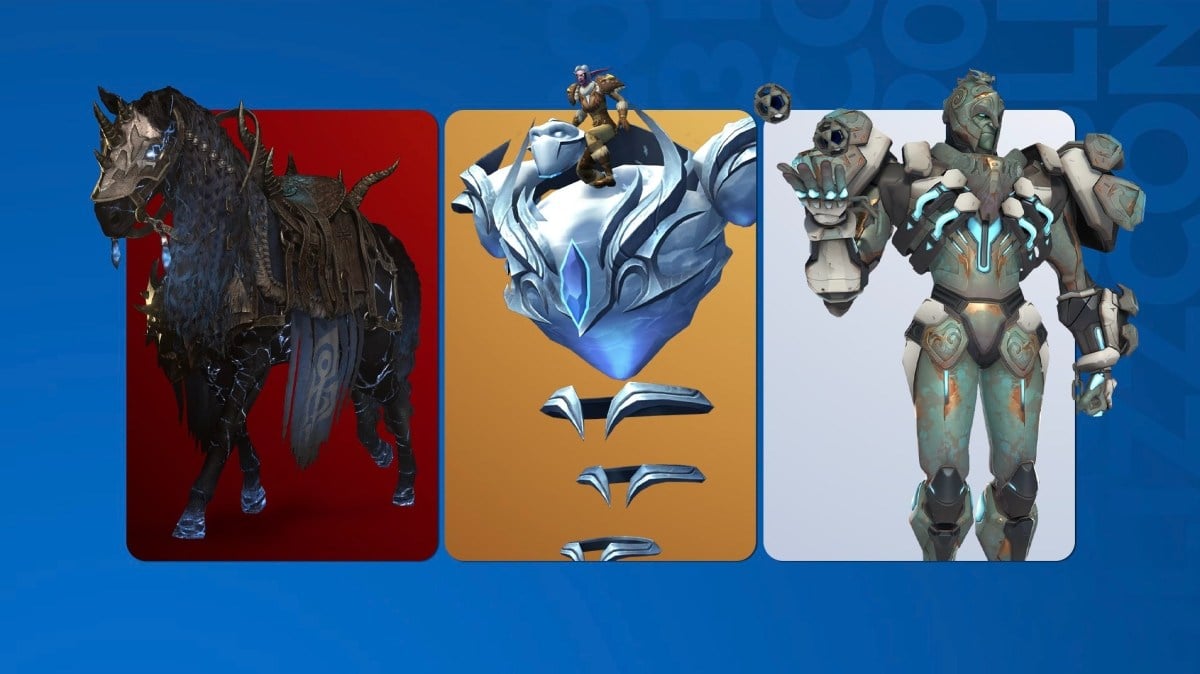

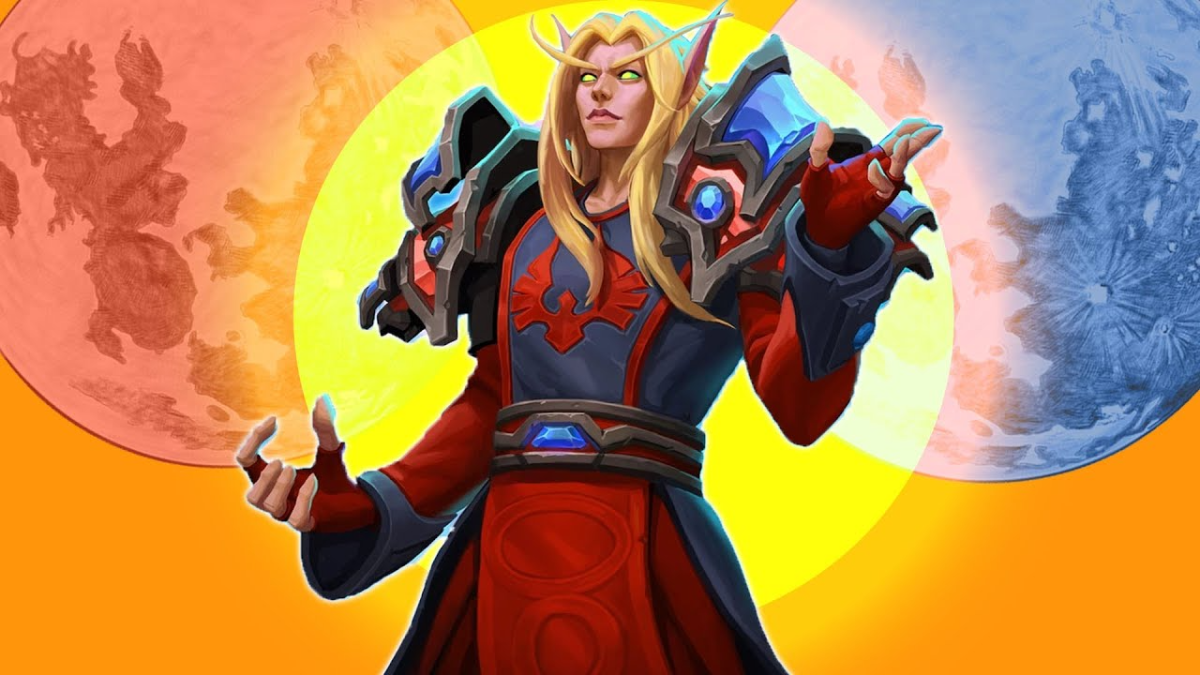
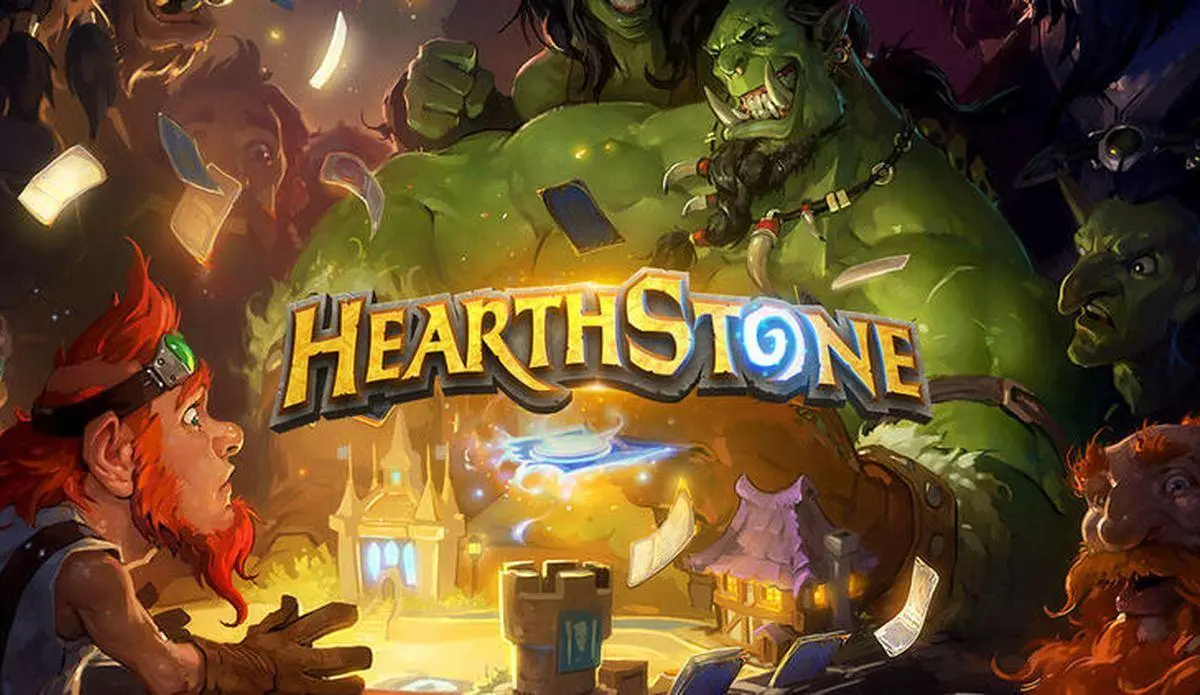
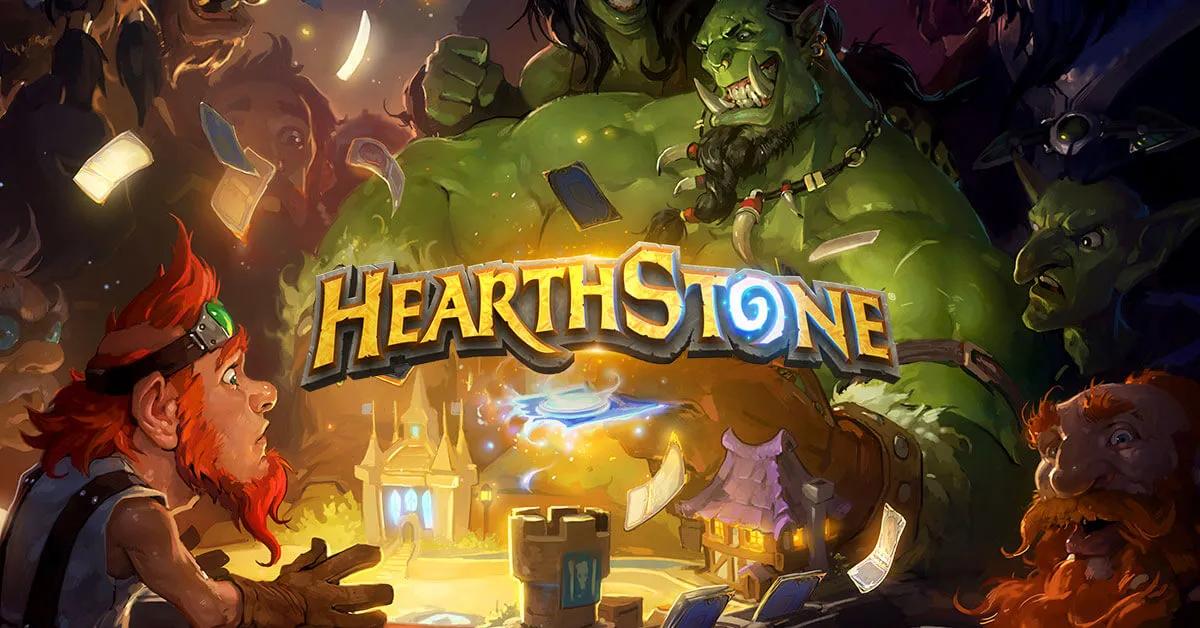
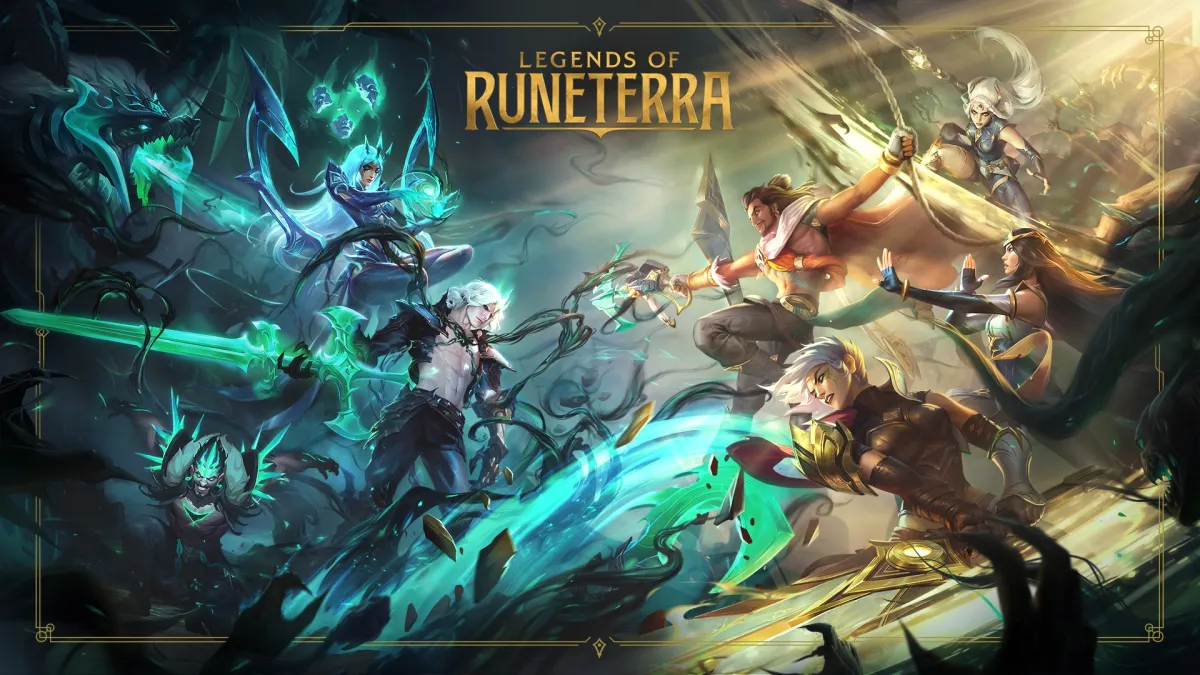



Published: Jan 17, 2017 11:03 am